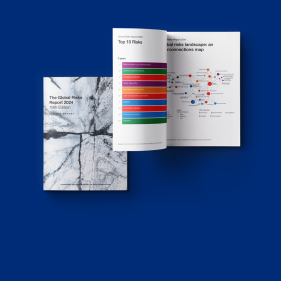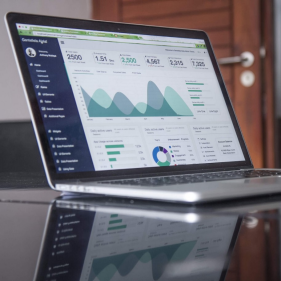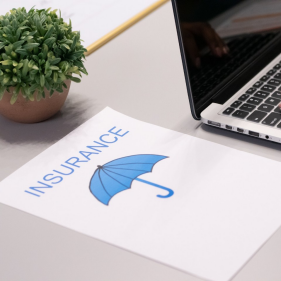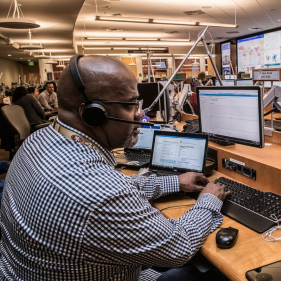Cyber Resilience Perspectives
-
 Read More
Read MoreMarsh Global Risks Report 2024 The top risks for 2024 and beyond. -
 Read More
Read MoreVideo Cybersecurity best practices every business should follow Cyberattacks are becoming more frequent and dangerous, as such cybersecurity needs to be front of mind for company executives. -
 Read More
Read MoreReport Global Risks Report 2023 Tougher trade-offs risk eroding climate action, human development and future resilience. -
 Read More
Read MoreReport Asking the right questions about war exclusions in the context of cyber operations In the last several years, reinsurance and insurance markets have grappled with the meaning of the war exclusion in the context of cyberattacks (or more broadly “cyber operations”). -
 Read More
Read MoreVideo Monte Carlo Rendez-Vous: GC's Erica Davis and Anthony Cordonnier Talk About the Cyber Representatives from Guy Carpenter address how the cyber market has transitioned as risk potentials have shifted -
 Read More
Read MoreJournal 2022 Marsh McLennan Semi-annual Cyber Handbook: 2nd Installment Features perspectives from business leaders across Marsh McLennan who routinely help clients become more resilient in managing cyber risk -
 Read More
Read MoreInsights The Cybersecurity readiness podcast Discusses the coverage, assessment of cyber risks, state of the market, re-insurance mechanisms, and how to approach cyber insurance-related decisions. -
 Read More
Read MoreArticle Cyber risk quantification: Connecting risk with strategy Cyber risk quantification enables organizations to conceptualize cyber risk in the same way as other enterprise risks. -
 Read More
Read MoreArticle Worst may be over for tough cyber reinsurance market Cyber liability reinsurance market: more capacity is expected to enter from both traditional reinsurers and third-party capital sources. -
 Read More
Read MoreArticle Best practices for cyber incident readiness Highlights best practices for organizations looking to build and test an effective cyber incident response plan. -
 Read More
Read MorePerspective Building an Enterprise-Wide Approach to Cyber Risk Management An overview of insights from the the 2022 Marsh and Microsoft Cyber Risk Survey -
 Read More
Read MoreArticle Cyber: Hitting pause Insights on growing the cyber market despite challenges of capacity access. -
 Read More
Read MorePerspective Quantum Computing Will Breach Your Data Security Quantum computing will become the biggest threat to data security, nullifying existing encryption standards. Businesses need to implement quantum-safe cybersecurity solutions. -
 Read More
Read MoreArticle A cyber continuum A sustainable cyber insurance market requires transparency. The underwriting process demands buyers to demonstrate resiliency to sophisticated threats. -
 Read More
Read MoreReport Will Web3 reinvent insurance? The Web3 economy is under-insured and has huge potential for future growth. Insurers can leverage Web3 to create new business models. -
 Read More
Read MoreJournal The Marsh McLennan Cyber Handbook The Marsh McLennan Cyber Handbook features perspectives from business leaders across Marsh McLennan who represent some of our best thinking about cyber risk.












